Ethiopia is a land of diverse geological formations. In some parts of the country, volcanic rock dominates, but, in others, sedimentary rock dominates, including limestone. This is where caves can sometimes be found. There is much work to be done in identifying and publishing information on caves in Ethiopia, so local knowledge must be used in many cases, when trying to find them. When nosing around for caves in Ethiopia, it is best to have written permission from the regional state or even federal government all the way down to the local offices, as people may suspect that mining is the purpose of poking around underground.
However, the most well-known cave in Ethiopia is an exception to this rule. Holqa Sof Omar is one of the most spectacular and extensive cave systems in the world. A vast underworld has been created by the Weyib River’s erosion of limestone rock formations. The system is located east of Robe, which follows the river down from the Bale Mountains. After passing Goro, the village of Sof Omar is reached.
Two of the useful entrances of the 15.1km system are here. The route through the cave from here crosses the river eight times. From the second ford, the most spectacular view of the cave can been seen, known as Safari Straight. Crossing all eight fords leads to the grand Chamber of Columns. After, that is another interesting feature called the Big Rapids, after which another main entrance is reached, known as the Holuca Resurgence. The caves are also an important Islamic shrine named after Sheikh Sof Omar Ahmed from the 11th century AD.
Another beautiful, more recently explored cave further east, is Gursum Pearl Cave, former known as Goda Oromo. It is located near Biyyu Negheya Village and Kundudo Mesa, east of Dire Dawa. Kundudo is also known for its unique wild horse population. The cave is 1.4km long and was the site of the discovery of a new freshwater crab species. Far from being the only two caves in Ethiopia, a recent speleological expedition discovered 220 new caves in the country.


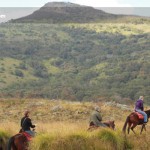

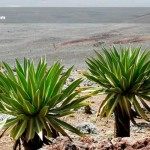
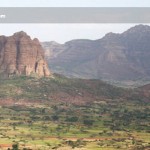
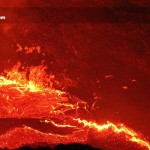
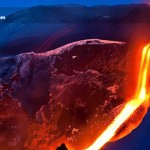
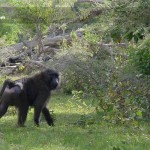
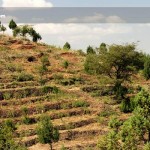
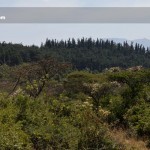
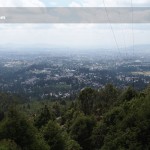
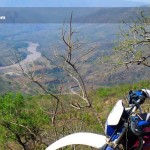

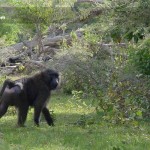
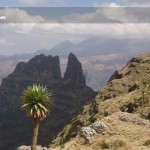

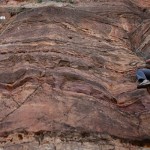
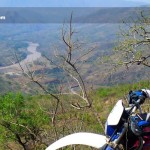

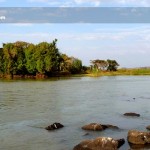

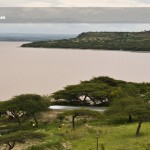
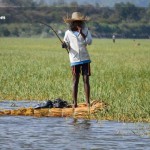





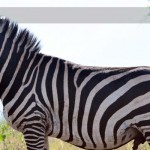

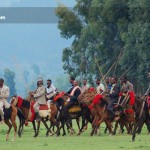


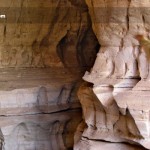

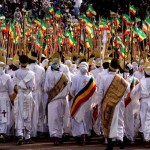
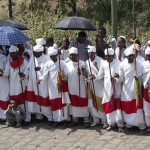
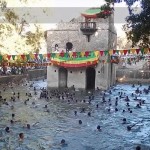

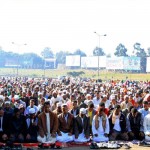

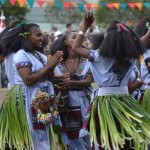
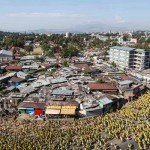
Recent Comments